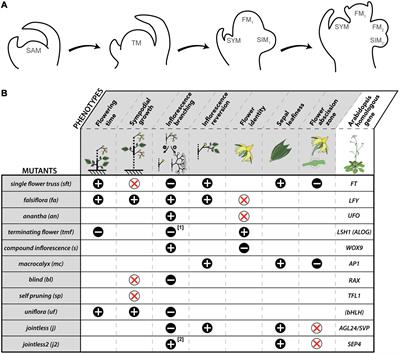ORIGINAL RESEARCH
Published on 04 Mar 2022
Regulation of WOX11 Expression Represents the Difference Between Direct and Indirect Shoot Regeneration

doi 10.3389/fpls.2022.850726
- 2,992 views
- 3 citations
12k
Total downloads
52k
Total views and downloads
Select the journal/section where you want your idea to be submitted:
ORIGINAL RESEARCH
Published on 04 Mar 2022

ORIGINAL RESEARCH
Published on 24 Feb 2022

REVIEW
Published on 18 Feb 2022

PERSPECTIVE
Published on 08 Feb 2022

ORIGINAL RESEARCH
Published on 26 Jan 2022

ORIGINAL RESEARCH
Published on 21 Jan 2022

ORIGINAL RESEARCH
Published on 05 Jan 2022

REVIEW
Published on 20 Dec 2021

ORIGINAL RESEARCH
Published on 16 Dec 2021

ORIGINAL RESEARCH
Published on 05 Oct 2021

ORIGINAL RESEARCH
Published on 01 Sep 2021

ORIGINAL RESEARCH
Published on 27 Jul 2021

